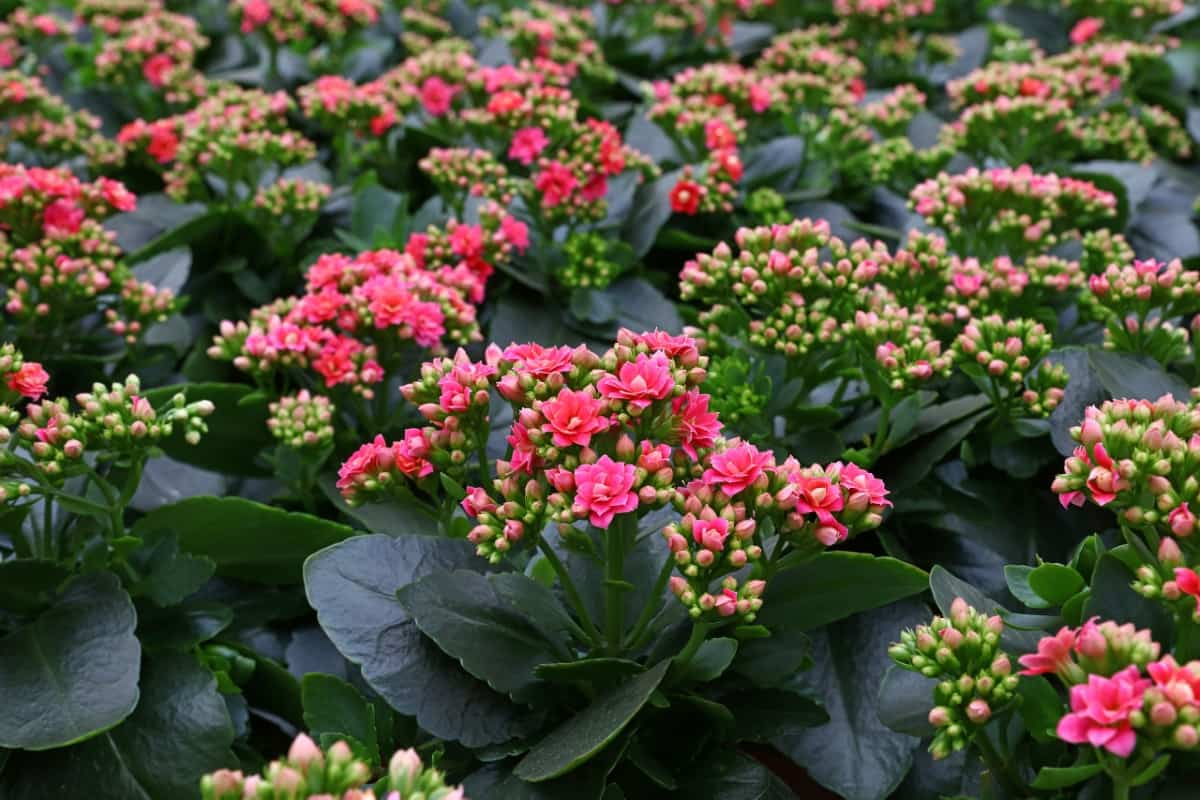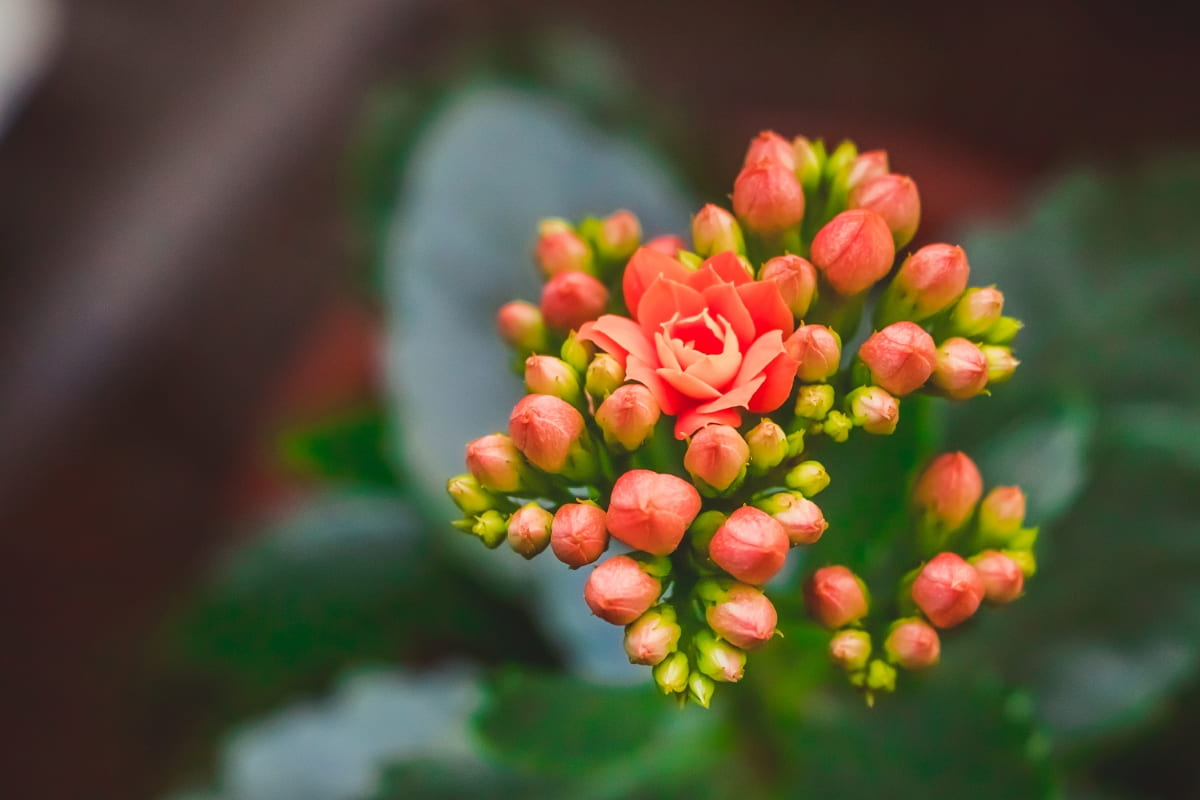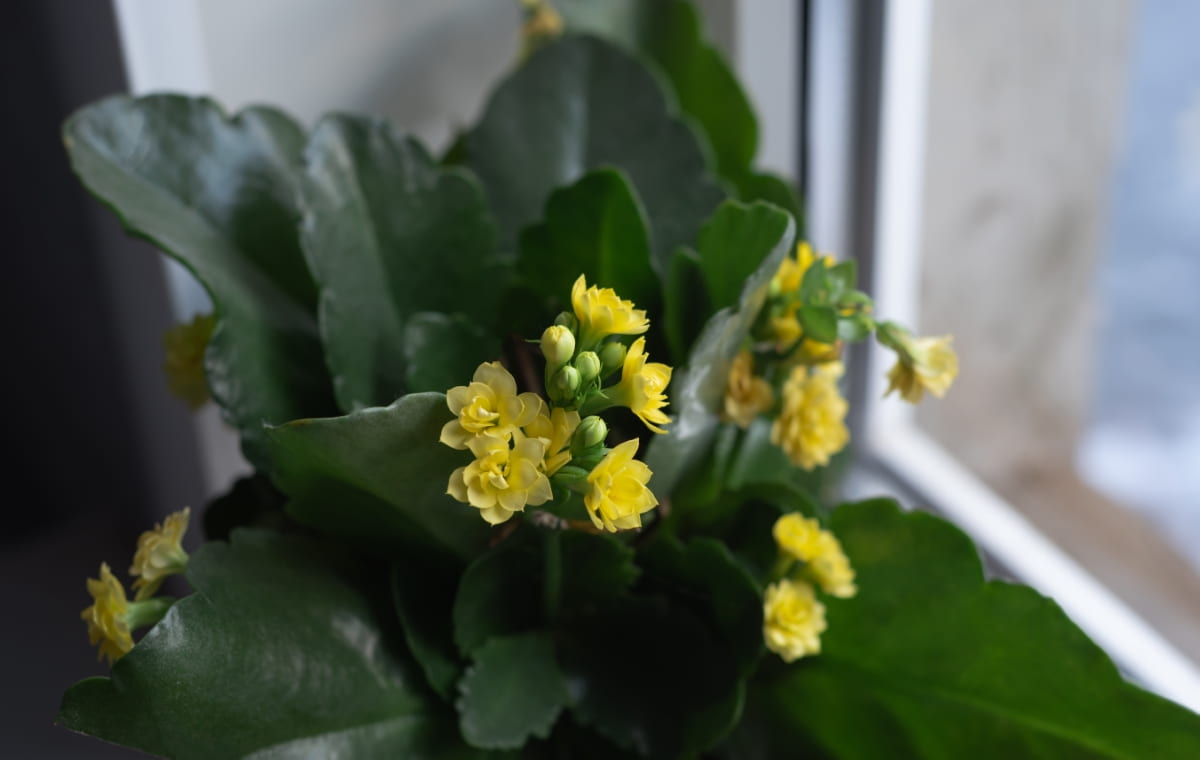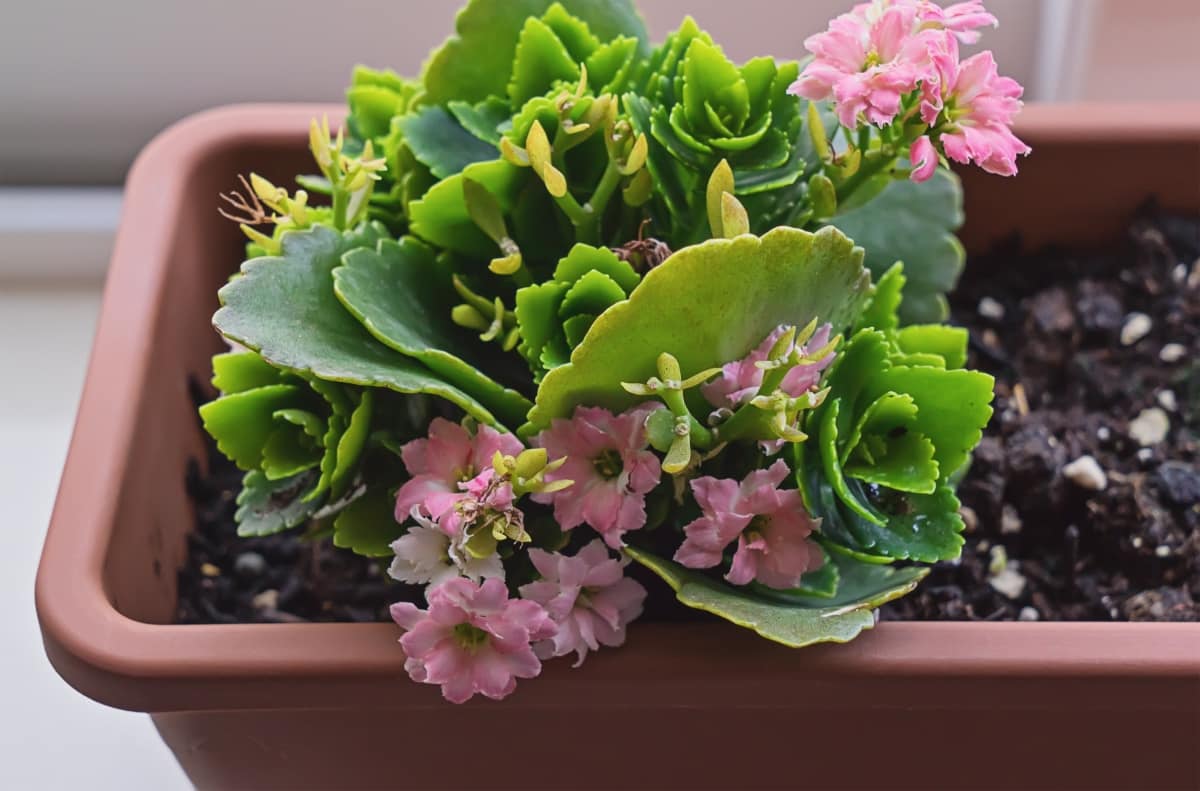Kalanchoe plants, scientifically known as Kalanchoe blossfeldiana, are beloved for their vibrant blooms and easy care. This vibrant succulent, a member of the Crassulaceae family, is renowned for its colorful blooms and easy growing, making it a popular choice among plant enthusiasts.

Pruning Techniques
Pruning is a vital technique for keeping your Kalanchoe plant bushy and healthy. By removing dead or overgrown branches, you encourage new plant growth and improve the overall appearance of the plant. When pruning your Kalanchoe, always use clean and sharp tools to prevent damage to the stems.
Focus on cutting just above a leaf node to encourage new growth in that area. This will help the plant fill out and become more lush over time. Remember to remove any yellowing or diseased leaves promptly to prevent further spread of issues within the plant. Regular maintenance through pruning will ensure your Kalanchoe stays vibrant and full of life.
Proper Light Exposure
It is crucial for the growth and health of your Kalanchoe plant. These vibrant succulents thrive in bright, indirect sunlight. Avoid exposing your Kalanchoe to direct sunlight for extended periods, as it may lead to sunburn on the leaves. Rotate the plant occasionally to ensure even light and prevent one side from becoming leggy.
If you notice that your Kalanchoe is stretching towards the light source, it’s a sign that it needs more sunlight. On the other hand, if you see signs of sun damage, like yellowing or browning leaves, consider moving it to a place with less intense light. The right balance of light exposure will promote compact growth and vibrant blooms in your Kalanchoe plant.
Optimal Watering Practices
When it comes to keeping your Kalanchoe plant bushy and thriving, optimal watering practices play a crucial role. Overwatering the Kalanchoe plant can affect root rot, while underwatering can cause the plant leaves to wilt and drop off. Finding the right balance is key. To determine when your Kalanchoe plant needs watering, stick your finger into the soil. If it feels dry an inch deep, it’s time for some hydration.
In case you missed it: How to Grow and Care for Kalanchoe Indoors: A Beginners Guide

Water the Kalanchoe plant thoroughly until you see excess water draining out from the bottom of the pot. Remember that these plants prefer drier conditions compared to constant watering. Consistency is key to maintaining a healthy watering routine for your Kalanchoe plant.
Fertilization Strategy
Fertilizing your plant provides essential nutrients that promote healthy growth and vibrant blooms. Choose a balanced fertilizer specifically formulated for flowering plants like Kalanchoes. During the Kalanchoe plant growing season, which typically spans from spring to fall, fertilize your Kalanchoe plant every 2-4 weeks. To avoid burning the roots, dilute the fertilizer to half of the recommended strength. Always follow the plant growing instructions on the fertilizer package for the best results.
Potting and Repotting
Choosing the right size pot with good drainage is key. Ensure the new pot has enough space for the roots to grow but isn’t too large, as this can lead to overwatering. During repotting, gently loosen the roots and remove any dead or rotting ones before placing your plant in fresh soil. Use a well-draining mix tailored for succulents to prevent waterlogged roots.
Repot your Kalanchoe every 1-2 years or when you notice it is outgrowing its current container. Signs of needing repotting include crowded roots or the plant becoming top-heavy. Remember that proper potting and repotting practices are essential for maintaining a thriving Kalanchoe plant.
Pest Control
It is a crucial aspect of caring for your Kalanchoe plant to ensure it stays bushy and healthy. These little green friends are prone to unwelcome visitors like aphids, mealybugs, and spider mites that can wreak havoc on their leaves and stems. To keep these Kalanchoe plant pests at bay, regularly observe plants for any signs of infestation.
In case you missed it: Jasmine Gardening For Beginners – How to Start, FAQs

If you spot any critters crawling around, don’t fret – there are natural remedies you can try before resorting to harsh chemicals. The effective method is mixing water with a few drops of dish soap and spraying it onto the affected areas. This solution suffocates the bugs without harming your plant. Another option is neem oil, which acts as a repellent against common pests while also nourishing the soil.
Disease Prevention
Preventing Kalanchoe diseases is key to maintaining your plant’s health and beauty. The effective way to prevent diseases is to ensure good air circulation around the plant. Proper ventilation can help reduce the fungal infections that thrive in humid conditions. Another important aspect of disease prevention is avoiding overwatering. Excess moisture can make a breeding ground for various pathogens that can harm your Kalanchoe plant. Regularly inspecting your Kalanchoe plant for any signs of disease or pests is essential for early detection and treatment.
Temperature and Humidity Control
Maintaining the temperature and humidity levels is crucial for the healthy growth of your Kalanchoe plant. These plants thrive in temperatures between 15°C to 29°C, so make sure to keep them away from extreme heat sources. During the winter months, be mindful of cold drafts, as they can harm your plant.
In terms of humidity, Kalanchoes prefer moderate levels ranging from 40% to 50%. If you live in a dry climate, use a humidifier or place a tray with water near your Kalanchoe plant to increase moisture in the air. Alternatively, if you’re in a humid environment, ensure proper air circulation around the Kalanchoe plant to prevent fungal diseases caused by excess moisture.
Propagation Practices
Propagation practices for your Kalanchoe plant are essential to ensure a bushy and thriving garden. The most common method is leaf cuttings. Select healthy leaves and allow them to be callous before planting in well-draining soil. Another effective propagation technique is offsets, or baby plants that grow around the plant base. Gently remove these offsets and replant them in their pots to encourage growth.
In case you missed it: Nourish and Flourish: Top Organic Mulches for Thriving House Plants

Water newly propagated Kalanchoe plants sparingly to prevent root rot. Please place them in a warm, bright location, but avoid direct sunlight until they establish roots. Monitor moisture levels and adjust watering accordingly as they develop into mature plants.
Regular Monitoring
Regular monitoring is a crucial aspect of caring for your Kalanchoe plant to ensure it remains healthy and vibrant. Watch its growth patterns, checking for signs of wilting or yellowing leaves. By observing your plant regularly, you can catch any issues and address them promptly. Regularly rotate your Kalanchoe plant to ensure even growth and prevent it from leaning toward one direction due to uneven light exposure.
This simple step can promote a more bushy and balanced appearance over time. By following these remedies and solutions, you can help your Kalanchoe plant become bushy and lush, enhancing its beauty in your home or garden.
- How to Grow Hibiscus from Flower
- Plantation Ideas for Home Decoration: A Beginners Guide
- Flower Garden Designs and Layouts for Beginners
- Planting and Spacing Techniques in Papaya: A Beginner’s Guide
- Growing Gold: Essential Techniques for Planting Pineapples
- How to Make Kalanchoe Plant Bushy: Home Remedies and Solutions
- 11 Reasons Why Your Gardenia is Not Blooming: Home Remedies and Solutions
- Eco Elegance: The Guide to Designing a Drought-Tolerant Landscape
- Gardening on a Slope: Strategies for Hillside Landscaping